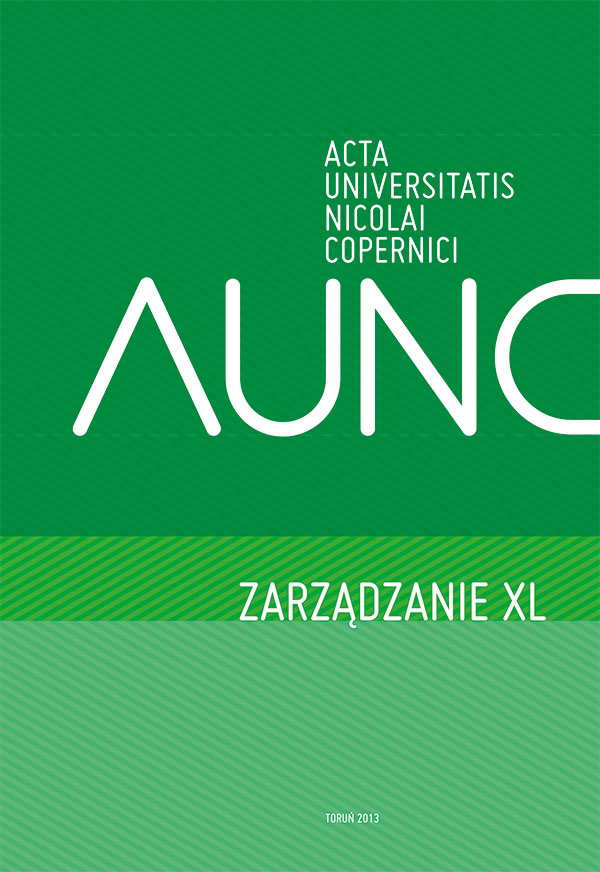Social media funcionality as seven sides honeycomb
DOI:
https://doi.org/10.12775/AUNC_ZARZ.2013.017Keywords
supply, retail, trading companies, customersAbstract
More often through the use of data exchange platforms, blogs or wiki sites Internet users have a significant impact on the reputation of the company, its sale and sometimes even determine its position and remain on the market. This happens because of the possibilities posed by new computing platforms that allow for commenting and voting posted content, modifying them as well as to create their own independent value. These capabilities represent the phenomenon of social media, which is a challenge for managers of companies. The purpose of this article is to provide information on the functionality of social media on the basis of seven blocks including: identity, conversations, sharing, relationships, presence, reputation and groups. In addition, the article presents implications for the functioning of the individual blocks of businesses in social media and will be indicated principles which companies should follow when developing strategies to use this new medium.
References
Brown R., (2009), Public relations and social media. How to use social media and web 2.0 in communications, Kogan Page Ltd, London–Philadelphia.
Butterfield S., An article complaining about ‘social software’,
/2003_03_01_s.html#91273866">http://www.sylloge.com/personal/
/2003_03_01_s.html#91273866 [dostęp 22.10.2013].
Feliksiak M., (2003), Komunikat z badań – Internauci 2013, Centrum Badań Opinii Społecznej, BS/75/2013, Warszawa.
Kazanowski D., Definicja web 2.0, definicja social media, http://networkeddigital.com /2010/04/09/definicja-web-2-0-definicja-social-media [dostęp 21.10.2013].
Kietzmann J. H., Hermkens K., McCarthy I. P., Silvestre B. S., (2011), Social media? Get serious! Understanding the functional building blocks of social media, „Business Horizons”, 54, DOI: http://dx.doi.org/10.1016/j.bushor.2011.01.005
Marville P., User experience design, http://semanticstudios.com/publications/semantics/ 000029.php [dostęp 22.10.2013].
O’Reilly T., What Is Web 2.0. Design Patterns and Business Models for the Next Generation of Software, http://oreilly.com/web2/archive/what-is-web-20.html [dostęp 21.10.2013].
Smith G., Social Software Building Blocks, http://nform.com/publications/social-software-building-block [dostęp 22.10.2013].
Strykowska J., (2012), Znaczenie mediów społecznościowych w procesie komunikowania
i uczenia się, [w:] W. Skrzydlewski, S. Dylak (red.), Media. Edukacja. Kultura. W stronę edukacji medialnej, Poznań–Rzeszów 2012.
Webb M., On social software consultancy, http://interconnected.org/home/2004/04/28/ on_social_software [dostęp 22.10.2013].
Downloads
Published
How to Cite
Issue
Section
Stats
Number of views and downloads: 2656
Number of citations: 0







